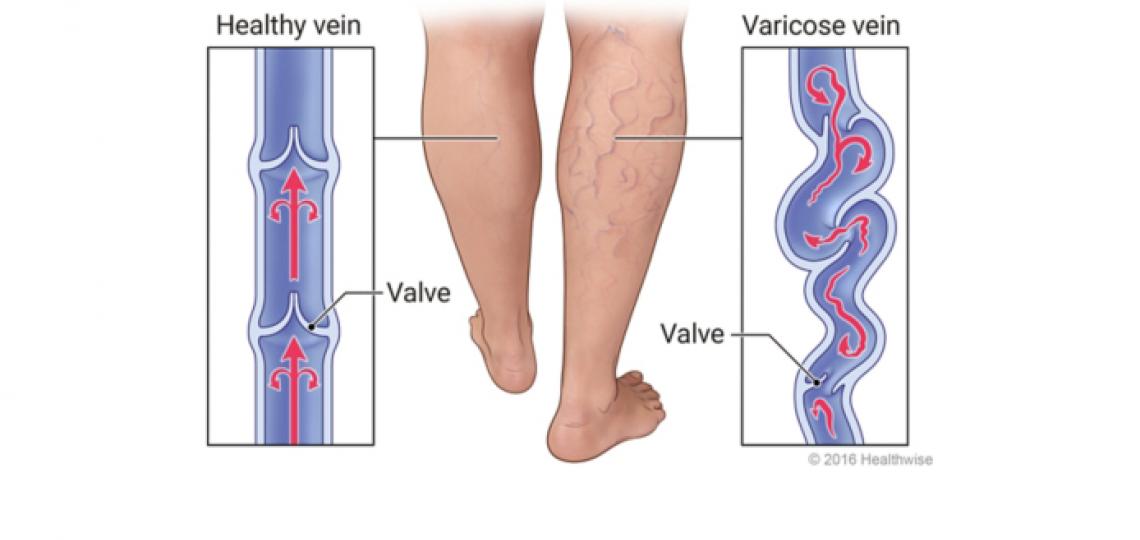Overview
Vein ligation and stripping is a minor surgery. It is used to remove a damaged vein and prevent complications of vein damage. If several valves in a vein and the vein itself are heavily damaged, the vein (or the diseased part of the vein) is removed (stripped). An incision is made below the vein, a flexible instrument is threaded up the vein to the first incision, and the vein is grasped and removed.
During this surgery, one or more incisions are made over the damaged veins, and the vein is tied off (ligated). If the ligation cuts off a faulty valve and the vein and valves below the faulty valve are healthy, the vein may be left in place to continue circulating blood through other veins that still have valves that work well.
Why is vein ligation and stripping done?
Vein ligation and stripping is generally done on large varicose veins. It also can be done to prevent venous skin ulcers from returning after treatment.
This surgery may be used when:
You want to get rid of varicose veins for cosmetic reasons and you don't have other health problems that would make surgery more risky.
Your legs ache, swell, or feel heavy, especially after prolonged standing.
A varicose vein bleeds.Open sores (ulcers) develop because of varicose veins or poor blood circulation in a vein.
The vein is damaged in the section where it joins the superficial and deep veins in the knee or groin.
If you have both small and large varicose veins, you may have more than one type of treatment. Following vein ligation and stripping to treat large varicose veins, you may have sclerotherapy to treat smaller varicose veins.
Who should not have ligation or stripping
Vein ligation and stripping should not be done in:
Older adults for whom surgery poses a high risk due to other medical conditions.
People who have poor circulation in the arteries of the legs.People who have swelling and fluid buildup due to blockage in the lymph vessels (lymphedema), skin infections, or blood-clotting defects.
Women who are pregnant.
People who have an abnormal passageway between an artery and vein (arteriovenous fistula) in the leg.
How well does vein ligation and stripping work?
Vein ligation and stripping removes varicose veins successfully in 80 out of 100 people. That means it does not work for 20 out of 100 people.
© 2016-2019 Healthwise, Incorporated.








 Credit
Credit
